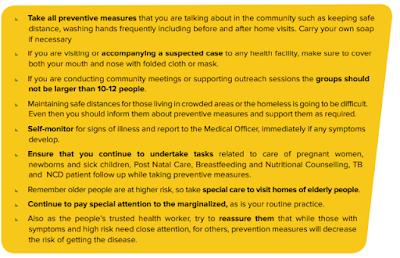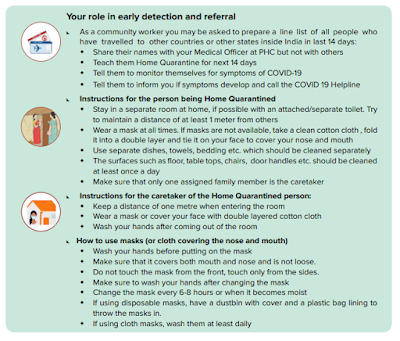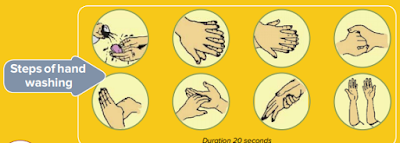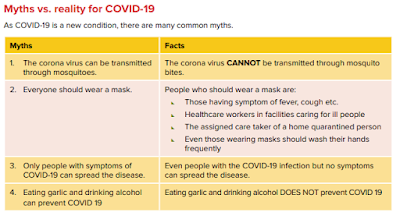Overview:-
The infectious disease caused by a newly-identified coronavirus is Coronavirus (COVID-19).Most COVID-19 infected persons are experiencing mild to moderate breathing diseases and recover without special therapy. Most likely to develop a severe illness are the elderly and underlying medical problems such as cardiovascular disease, diabetes, chronic respiratory disorders, and cancer.
It is best to know well the VCOVID-19 virus, the disease it causes, and how it spreads, to prevent and decrease transmission. Wrap hands or use an alcoholic rub often to protect yourself and others from the infection and not to touch your face.
When an infected person coughs or sneezes, the COVID-19 virus mainly spreads through outlets or nose releases, so it's always important to have a respiratory mark. (for example, by coughing into a flexed elbow).
No clear COVID-19 vaccines or therapies are currently available. Many continuing clinical trials, however, test alternative therapies. As long as clinical results are available, the WHO will continue to provide updated information with Dr. Raina's Safe Hands Clinic.
Prevention:-
To avoid infection and slow COVID-19 transmission, do as follows:- Clean your hands with soap and water regularly or rub your hands with alcohol.
- Keep distance from coughing or sneezing to you at least 1 meter.
- Avoid touching your face.
- Take your mouth and nose while coughing or sneezing.
- Stay home if you feel unwell.
- Do not smoke and other lung-weakening activities.
- Do physically distancing yourself by avoiding unnecessary journeys and staying away from large groups of people.
How does COVID-19 spread?
COVID-19 spreads mainly by droplets produced as a result of COVID-19 coughing or sneezing infected persons. This can happen in two ways:1. Close direct contact: the infection can occur by being in close contact with COVID-19 patients (within one Metre of the infected person), especially if they do not cover their face when coughing or sneezing.
2. Indirect contact: the droplets survive on surfaces and clothes for many days. Thus, the love may be transmitted by contact with any surface or fabric contaminated and then the mouth, nose, or eyes.
The time between the infection and symptoms of COVID 19 (incubation) is 1 to 14 days
Any individuals with the infection can also transmit the disease without any significant symptoms.
Symptoms:-
COVID-19 affects different people in different ways. Most infected individuals may develop mild to moderate diseases and recover without admission.Most common symptoms:
- fever.
- dry cough.
- tiredness.
- aches and pains.
- sore throat.
- diarrhea.
- conjunctivitis.
- headache.
- loss of taste or smell.
- Skin rash, or finger or toe discoloration.
Serious symptoms:
- difficulty breathing or shortness of breath.
- chest pain or pressure.
- loss of speech or movement.
- If you have severe symptoms,
People with mild, healthy symptoms should handle their symptoms at home.
It takes on average 5 – 6 days to show symptoms from someone infected by the virus, but it can take up to 14 days.






0 Comments
Post a Comment